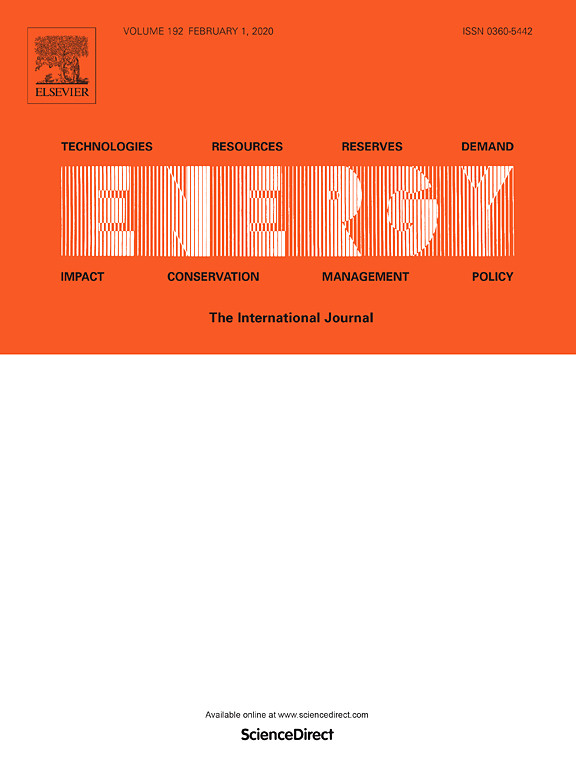Towards the electrification of buildings heating – Real heat pumps electricity mixes based on high resolution operational profiles

03.02.2020
Heat pumps, Renewable energy sources, Electricity Power mix, Decarbonization
Energy, Volume 195, 15 March 2020, 116974
The decarbonization of the energy systems require multiple solutions, including a larger electricity penetration coupled with power generation from renewables. Among the available options, the use of heat pumps in building heating is an efficient solution, although the strong seasonality of heat demand should be considered for a proper assessment of the benefits. The objective of this research work is the analysis of the actual greenhouse gases emissions related to the operation of different heat pumps, by means of an hourly analysis of both heat pump performance and electricity generation mix. The comparison of different real operational profiles over the electricity mix of multiple European countries provide to the reader a broad representation of the possible range of performance of heat pumps. The results highlight the additional accuracy that can be reached when using detailed time steps in comparison with the common practice of relying on average annual values.
The decarbonization of the energy systems require multiple solutions, including a larger electricity penetration coupled with power generation from renewables. Among the available options, the use of heat pumps in building heating is an efficient solution, although the strong seasonality of heat demand should be considered for a proper assessment of the benefits. The objective of this research work is the analysis of the actual greenhouse gases emissions related to the operation of different heat pumps, by means of an hourly analysis of both heat pump performance and electricity generation mix. The comparison of different real operational profiles over the electricity mix of multiple European countries provide to the reader a broad representation of the possible range of performance of heat pumps. The results highlight the additional accuracy that can be reached when using detailed time steps in comparison with the common practice of relying on average annual values.
